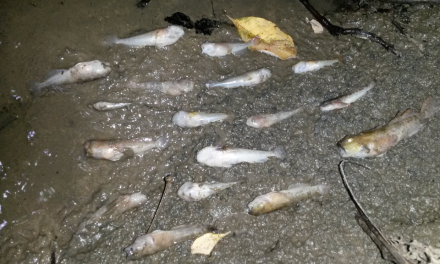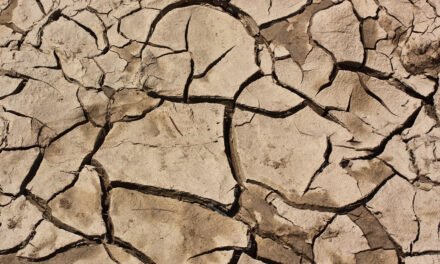Scientists are exploring the potential of tiny water fleas to revolutionize the removal of pollutants from wastewater, making it safer for the environment and public health. This innovative approach could provide an eco-friendly, cost-effective, and scalable solution to the persistent issue of chemical pollutants in wastewater.
Treatment plants often fail to eliminate all chemical pollutants present in industrial wastewater, leading to contamination of rivers, streams, and irrigation systems. This contamination poses a threat to biodiversity and pollutes our food and water sources. Additionally, conventional water filtration methods are expensive, environmentally harmful, and may contribute to pollution themselves.
In response to these challenges, researchers have turned to a natural, sustainable filter—water fleas.
These small crustaceans, belonging to the genus Daphnia, are renowned filter feeders, capable of ingesting detritus, algae, bacteria, and, as it turns out, various chemical pollutants.
Luisa Orsini, an environmental professor at the University of Birmingham and co-author of the study published in the journal Science of the Total Environment, had a breakthrough moment when she realized that water fleas could absorb chemicals. The scientists selected four types of water fleas known to consume some of the most concerning pollutants: diclofenac, atrazine, arsenic, and PFOS, an industrial chemical used for waterproofing textiles.
To identify the most efficient water flea strains, Orsini and her team resurrected dormant embryos from sediment at the bottom of rivers, selecting embryos from different time periods when pollutants were more or less prevalent.
In laboratory experiments, the water fleas demonstrated their pollutant-removing abilities by absorbing 90% of diclofenac, 60% of arsenic, 59% of atrazine, and 50% of PFOS.
Importantly, water fleas reproduce through cloning and self-regulate their population based on nutrient availability, making them a sustainable solution. The researchers are now scaling up their experiments, moving from an aquarium to a real treatment facility with over 2,000 liters of water, with plans to expand to 21 million liters.
Joseph R. Shaw, an environmental toxicologist from Indiana University not involved in the study, highlights the adaptability of water fleas to various environmental conditions, suggesting this system could be implemented in both advanced water treatment plants and in developing countries with limited infrastructure.
Furthermore, there is potential to enhance the effectiveness of this method through technologies like gene editing, creating “super-daphnia” tailored to target specific pollutants of interest.
In conclusion, water fleas are emerging as a promising, eco-friendly solution for filtering pollutants from wastewater. With their low cost, sustainability, and adaptability, they could indeed become a game-changer in addressing the persistent problem of industrial pollutants in wastewater, offering a cleaner and more sustainable future for our water ecosystems.
Photo: Hajime Watanabe










